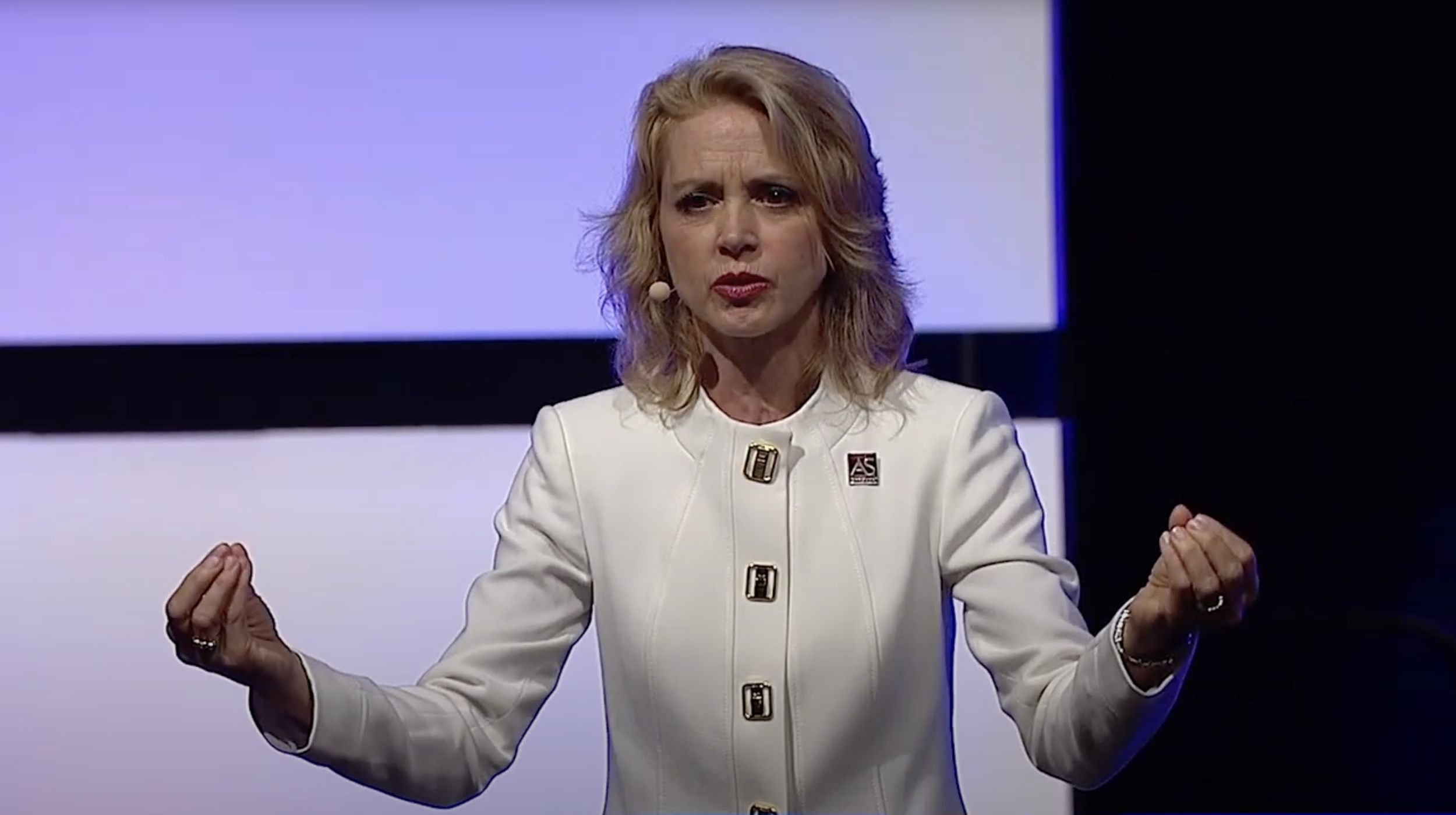Centering the body-mind connection
in a world that profits from disassociation
AS
Toastmasters International
CSP
National Speakers Association
MA
New York University
BFA
University of Massachusetts Amherst
The woman behind the movement
A former professional dancer, and body-positive movement coach, Rochelle Rice knows resilience because she built it. Her approach now blends intensity with intention—focusing on strength, versatility, and longevity in equal measure.
Enter, stage left ❊
ACT I — ENCHANTING DANCER
At first glance, she was living a dancer’s dream. But beneath the surface, disordered eating and addictions took a toll on Rochelle’s body, her spirit, and cost her love and money . Piece by piece, she rebuilt her life from the wreckage.
01ACT II — EMBODIED ADVOCATE
After years of sobriety, energy work, trauma work, and body work, Rochelle became a movement coach for fuller-bodied women, who often didn’t feel at home in their own skin. She could relate to feeling incongruent, and quickly gained a reputation for bridging the gap on behalf of the plus-size community in NYC.
02ACT III— EMPOWERING SPEAKER
Rochelle realized the same agendas that said, “lose the weight or lose the part” back when she was a dancer, are conspiring to profit from preying on our vulnerabilities. Now she speaks passionately about the power of the body-mind connection to build somatic strength in a world selling addiction through disassociation.
03Keynotes,
for anybody wanting more
Each person carries their own burden—but we are all carrying the collective weight of a world designed for disassociation. This is how to find your footing.
Leadership
THE INNER EDGE
How much have you left on the table by vilifying your intuition?
How to find your footing and reclaim your autonomy
Become bilingual by relearning to communicate with yourself
Map your inner terrain in order to become a trusted guide
Create a personalized plan to get your edge back & lead from the inside
Resilience
UNBROKEN
What if resilience is more about flexibility and less about strength?
The farther you can bend, the faster you can bounce back
Break free from rigid patterns to expand your capacity
Acknowledge your limitations and your ability to push them
Create a personalized plan to become flexible instead of hardened
Mental Agility
ADAPT TO THRIVE
Did you evolve this far to dominate or die off?
We’re wired to rewire ourselves
Become coachable on offense by unlearning reflexive defensiveness
Regulate your central nervous system to recalibrate your internal compass
Create a personalized plan to challenge your preconceived notion of yourself
Excellence
demonstrated
“Rochelle is a dynamic and motivating speaker that makes effective use of advanced emotional intelligence to gauge her audience and guide the conversation. She makes great use of positive reinforcements to motivate others and leads by example.”
Randher (Randhy) Feliz,
Associate Director, Verizon
“Thank you very much for speaking at the Juilliard School. Your presentation, “Finding Your Authentic Voice,” was a great success with our students. Your knowledge of the body and how it can be used to strengthen one’s communication was powerfully articulated.”
Jane Cho,
Director of Administration, Sotheby's Institute of Art
“Thank you for being part of our Divabetic Team! Last year, we gained national attention due to the success of our outreach program, ‘Divabetic – Makeover Your Diabetes’, which we presented in eight major US cities through sponsorship from Novo Nordisk. We reached thousands of women affected by diabetes across the country.”
Max Szadek,
Executive Director, Divabetic
“Thank you very much for presenting your speech, ‘Breathe and Eat.’ Your awareness, knowledge, and passion make it possible for our women to embrace a deeper understanding of their bodies. Often, weight management programs deliver with a sense of guilt and shame. Your size sensitivity and compassion create possibilities for women to come to a healing place within themselves.”
Melainie Rogers MS, RDN, CDN, CEDRD-S
Founder, MRN
Inquire about rates and messages tailored to your organization
Nationally recognized motivational speaker, author, and educator, Rochelle Rice is the first woman in the world to hold both the Accredited Speaker (AS) designation from Toastmasters International and the Certified Speaking Professional (CSP) designation from the National Speakers Association.





















